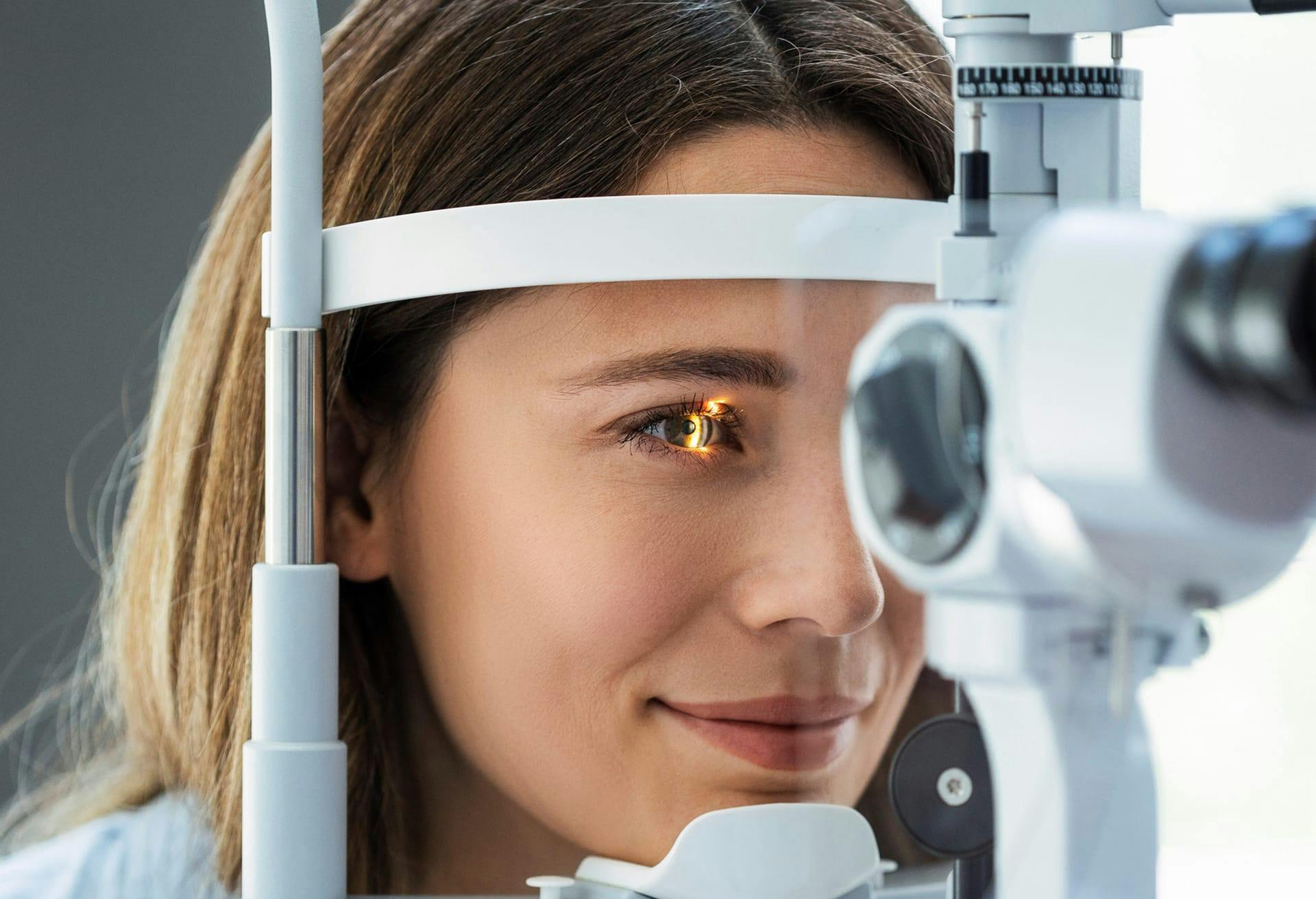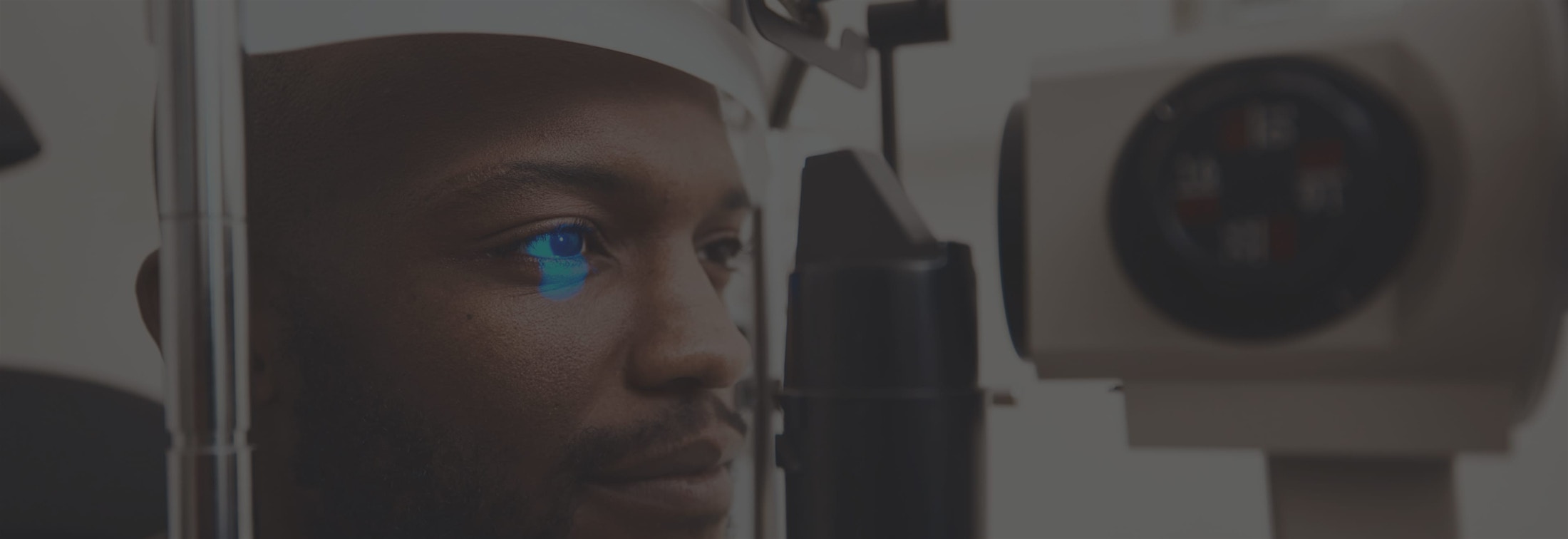PRK, or Photorefractive Keratectomy, treats a low to moderate degree of nearsightedness, farsightedness, and astigmatism by removing tissue from the surface of the cornea. The outcome of PRK is similar to that of LASIK, and most people achieve 20/20 or better vision with PRK.
What is PRK?
PRK (Photorefractive Keratectomy) is a type of laser vision correction surgery performed to address refractive errors, such as nearsightedness, farsightedness, and astigmatism. In PRK, the outer layer of the cornea is removed, and a laser is used to reshape the cornea, correcting the refractive abnormality. During the PRK procedure at Chicago Cornea Consultants, the patient’s eye is numbed using a topical or eye drop anesthesia.
Then, the surgeon removes the epithelium, a thin layer of protective skin that covers the cornea. This may be done with a blade, a brush, or even the excimer laser, but most commonly is performed with a diluted alcohol solution. During the actual PRK procedure, the patient stares at a fixation light. In less than a minute, the laser removes the precise amount of tissue while it reshapes the surface of the cornea. Immediately after PRK, a soft contact lens is placed on the eye while the cornea heals.
Because the epithelium was removed, patients may experience blurry vision for three to five days after PRK and a moderate amount of discomfort until the epithelium heals and covers the treated area. Various eye drops and oral medications are effective in reducing this post-operative discomfort. Final visual results after PRK may be fully realized anywhere from several days to a few weeks or more as the surface heals in accordance with each individual’s healing tendencies.




